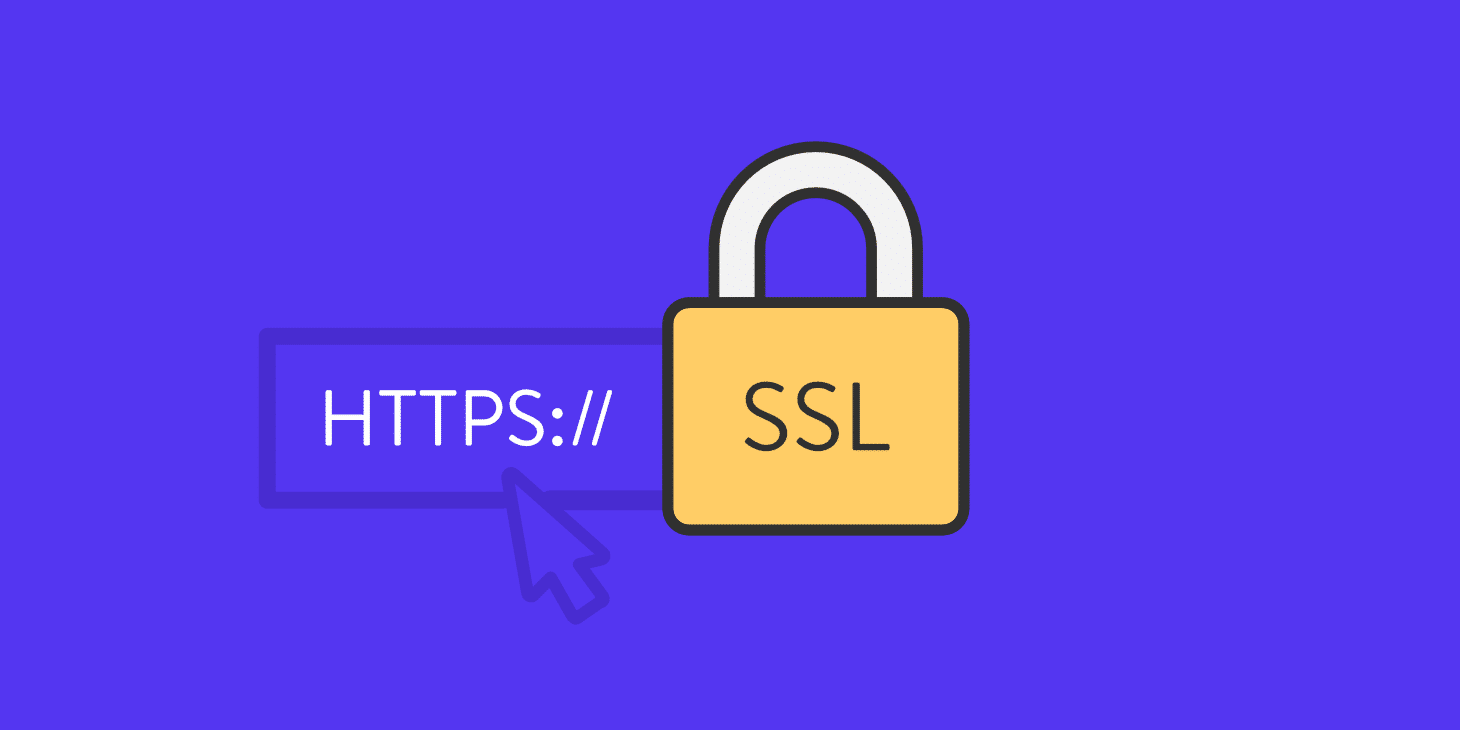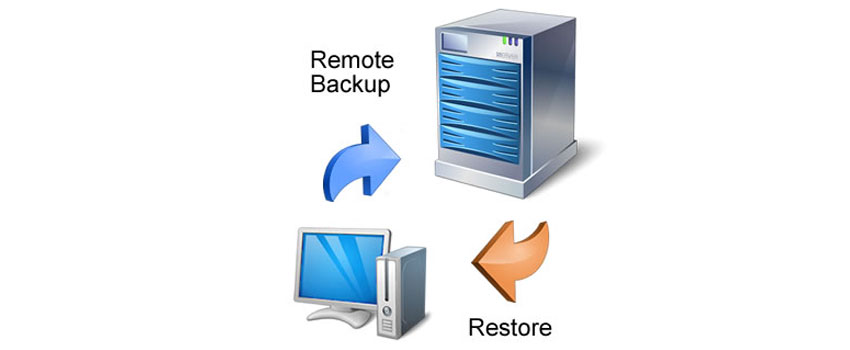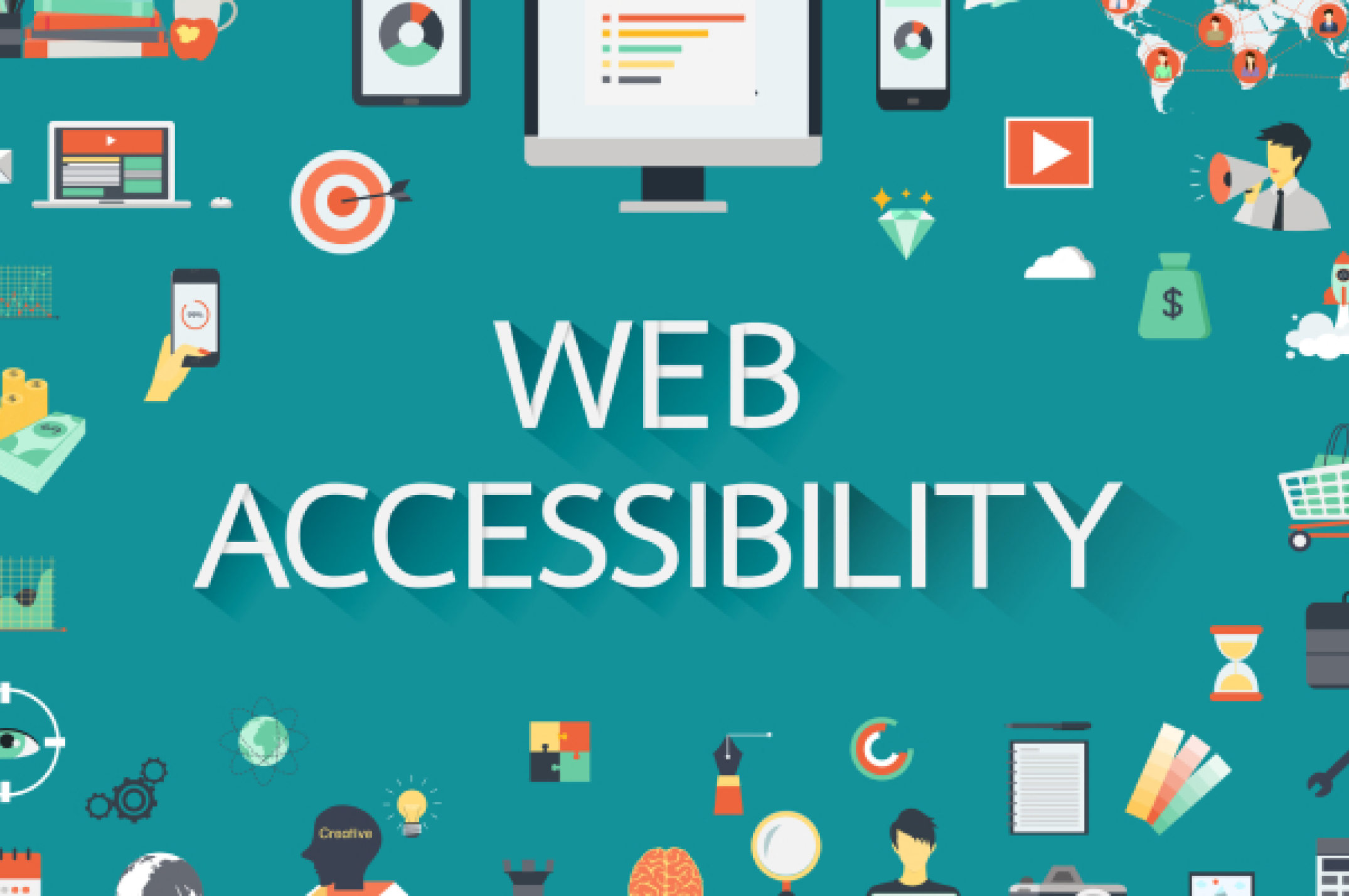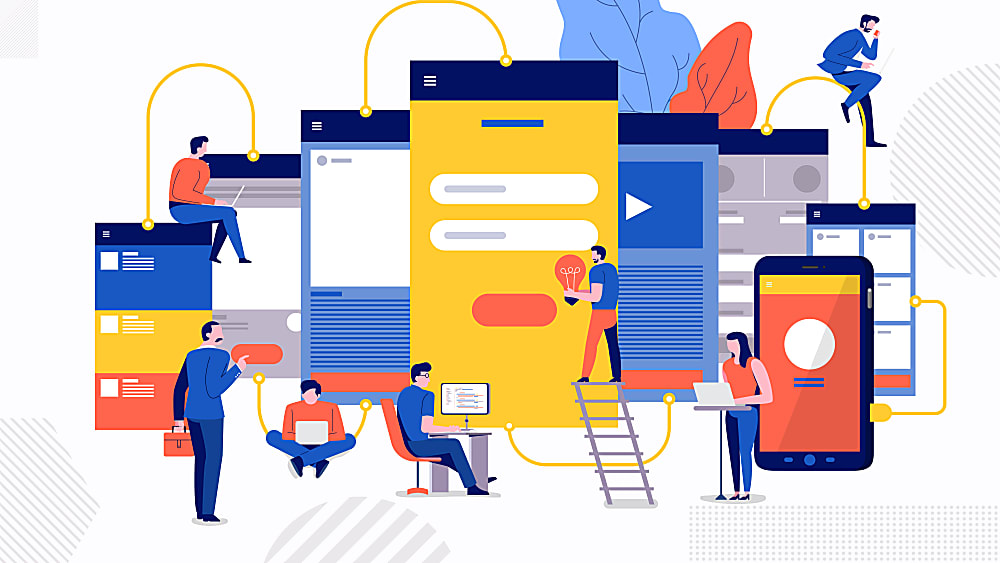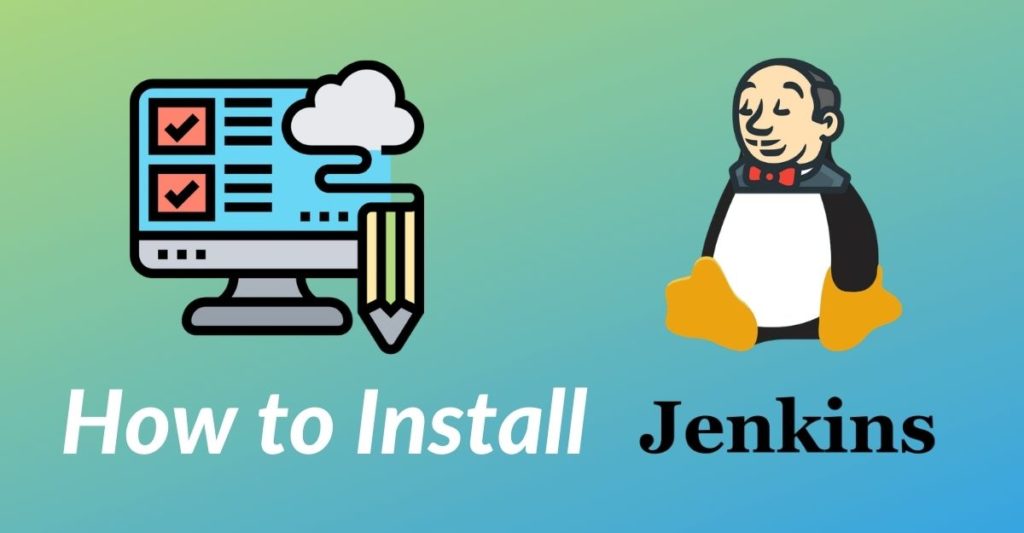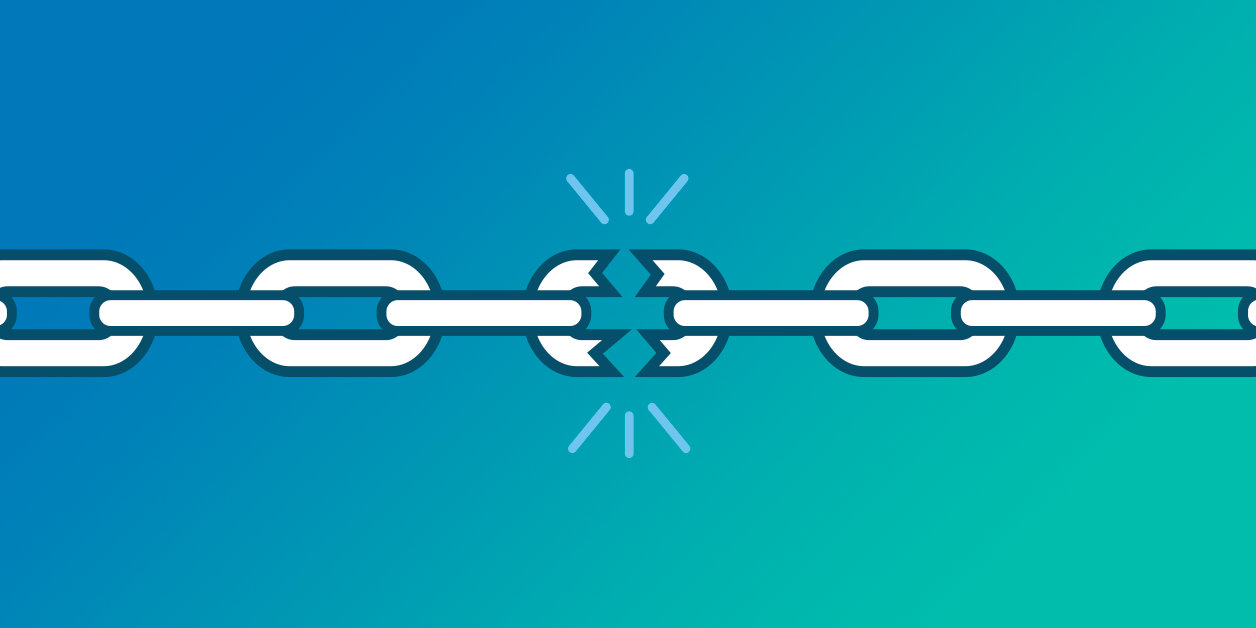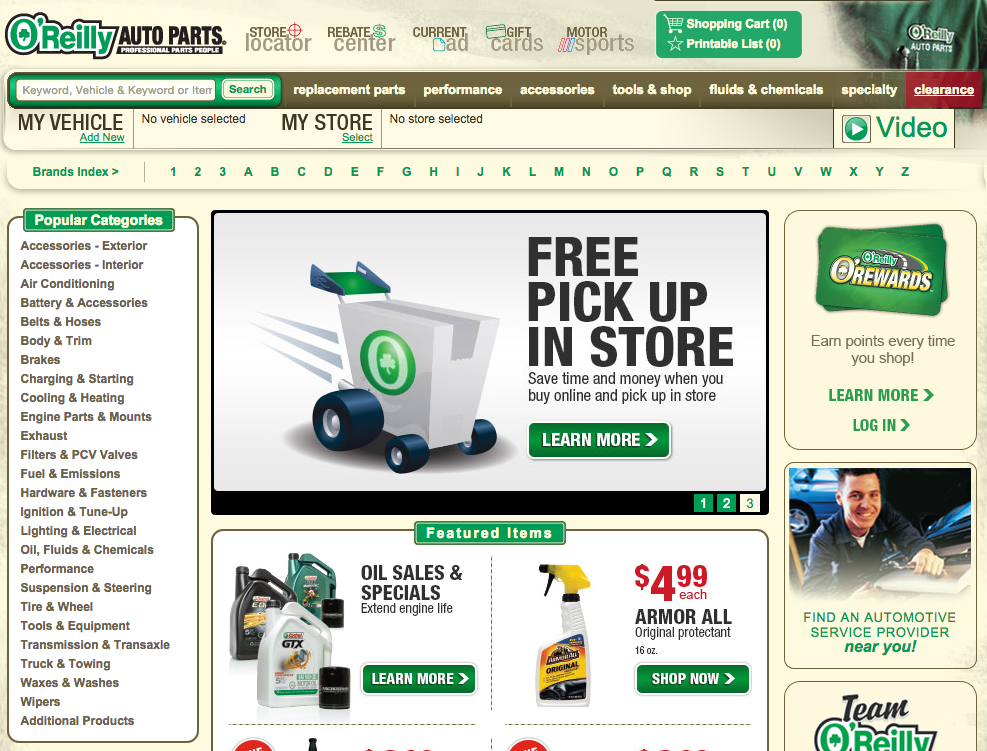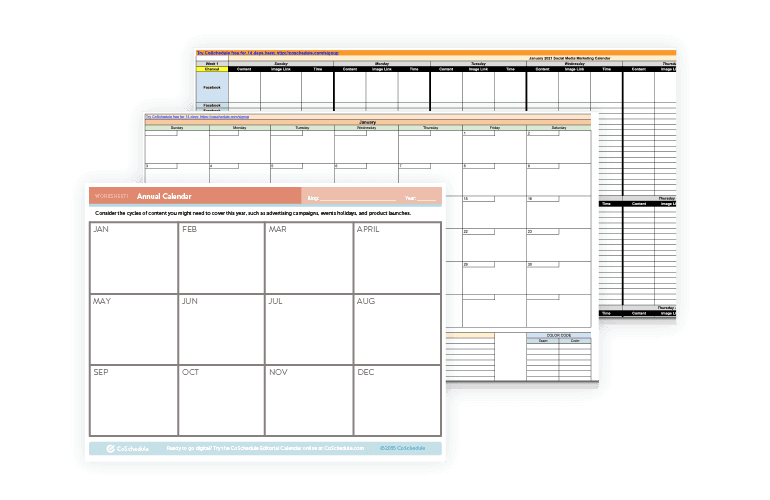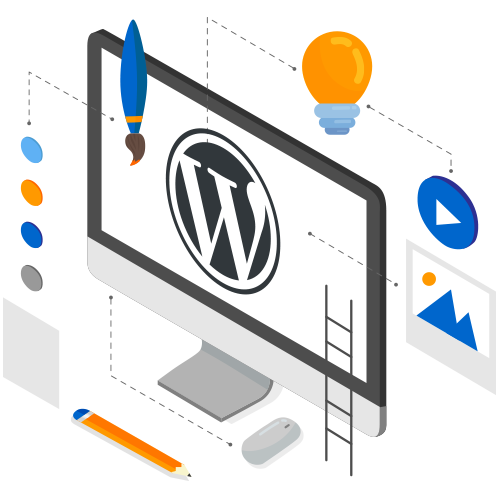
Hosting is integral to the success of your WordPress website and something you should never be complacent about. A poor hosting provider or a wrongly chosen hosting plan can impact the performance of your site and the customer experience of your visitors. What’s more, they can result in lower search engine rankings and make it more difficult to manage your website. In this post, we’ll look at six signs that indicate it’s time to upgrade to a more powerful package or move to a better web host.
1. Your website keeps going offline

In a 24/7 marketplace, you need your WordPress website to be constantly online and available for your visitors. If it isn’t and your site goes down, even for short periods, visitors will become frustrated, damaging your reputation. What’s more, when search engines see your site’s availability decline, they’ll downrank it in their search results. Combine these and you’ll end up losing business and long term customers. If this is happening to your website, it’s a clear signal that you can no longer rely on your hosting solution to keep your site online.
To discover if your site is frequently going offline, you should monitor its uptime. As a WordPress user, you’ll find several plugins to do this which you can install directly from your admin panel. Recommended plugins include WP Umbrella and Site Uptime Monitoring, both freely available from the WordPress Repository.
Ideally, you should look for a host whose WordPress hosting packages guarantee a minimum uptime of 99.5%.
2. Your WordPress hosting lacks the features you need

WordPress hosting has moved on considerably over the last few years in order to meet the demands of today’s websites and the needs of their owners. If your hosting plan lacks these new features, it might mean you’re having to spend more time and effort than necessary managing your website.
At Anteelo, for example, you’ll find WordPress pre-installed and ready to go, you’ll get a free domain on annual accounts and free SSL certificates for your sites. You’ll even have use of our specially developed WordPress Toolkit that lets you install, secure, update and manage your WordPress sites all from a single, easy to use interface.
What’s more, we provide the advanced security that WordPress sites demand with our application firewall protecting you from hackers and bots and our daily backups ensuring that you can rest easy should you ever need to recover your data. There’s also 1-click website hardening, automatic WordPress patching and more.
3. Your website is slow

Visitors and search engines expect websites to load quickly and respond swiftly to interactions, like clicks and data inputs. When they don’t, customers abandon the site and search engines downrank it. Ensuring the site performs well, therefore, is critical to its success.
WordPress does have some speed issues, often caused by the number of plugins working in the background and the size of the images used in a site’s content. While there are well-known actions you can take to speed up a site, such as caching, compression, image optimisation and content delivery networks, these only go so far.
By far the most important factor in driving the speed of a website is the performance of the server on which it is hosted. If you find your site sluggish, even when you have optimised its performance, it’s another sign you need to upgrade to a more powerful solution.
The WordPress hosting at Anteelo is built from the bottom up to provide enhanced WordPress performance. We use the latest Xeon processors and super-fast SSD hard drives in our servers and then configure them to provide optimal performance for WordPress using Apache + NGINX, PHP7.x + OPcache and HTTP/2. We even provide an in-built caching engine, so you don’t need to install a separate caching plugin.
4. Your host suspended your website

There are only a few genuine reasons why a web host would take a site offline or suspend a user account, for example, if the site was infected with malware, if it was being used to carry out illegal activities or if the hosting bill hadn’t been paid.
Some hosts, however, will take a site down and even suspend an account if the host’s usage limits have been exceeded, such as reaching a maximum bandwidth allocation. Meeting a maximum bandwidth allocation is a sign that your website is doing well in terms of the visitors it receives. It’s a time when the company should be reaping the benefits of its success, not getting punished by finding its site offline.
If your hosting has bandwidth restrictions, it’s time to move to a solution where this isn’t an issue. At Anteelo, our WordPress hosting plans have unmetered bandwidth – in other words, there is no data transfer limit, just a simple, fair use policy.
5. You have outgrown your WordPress hosting package

Over time, you’ll want your online venture to grow. This could mean having a bigger website, multiple websites, dealing with far more visitors or even running other applications on your server besides your websites. When this happens, there may come a time when the hosting plan you currently have lacks the resources (storage, CPU, RAM and bandwidth) or the features (number of websites, email addresses, databases, etc.) that you need.
This is one of the most obvious signs that you need to upgrade. And while there are bigger WordPress hosting packages you can upgrade to; at some point you’ll need to move on from shared hosting to a larger solution, like VPS. The issue for many WordPress owners is that dedicated WordPress VPS hosting is something of a rarity. This is not the case at Anteelo.
At Anteelo, we offer WordPress Starter and WordPress Standard shared hosting plans. However, for those making the move upwards, we also have a WordPress Pro-Server plan hosted on your own VPS. Unlike a standard VPS, this has been optimised for WordPress in the same way as our shared hosting solutions but with the added advantages of 50GB of storage, 4vCPU core processors, 4GB of dedicated RAM and unlimited websites and mailboxes.
6. Poor technical support
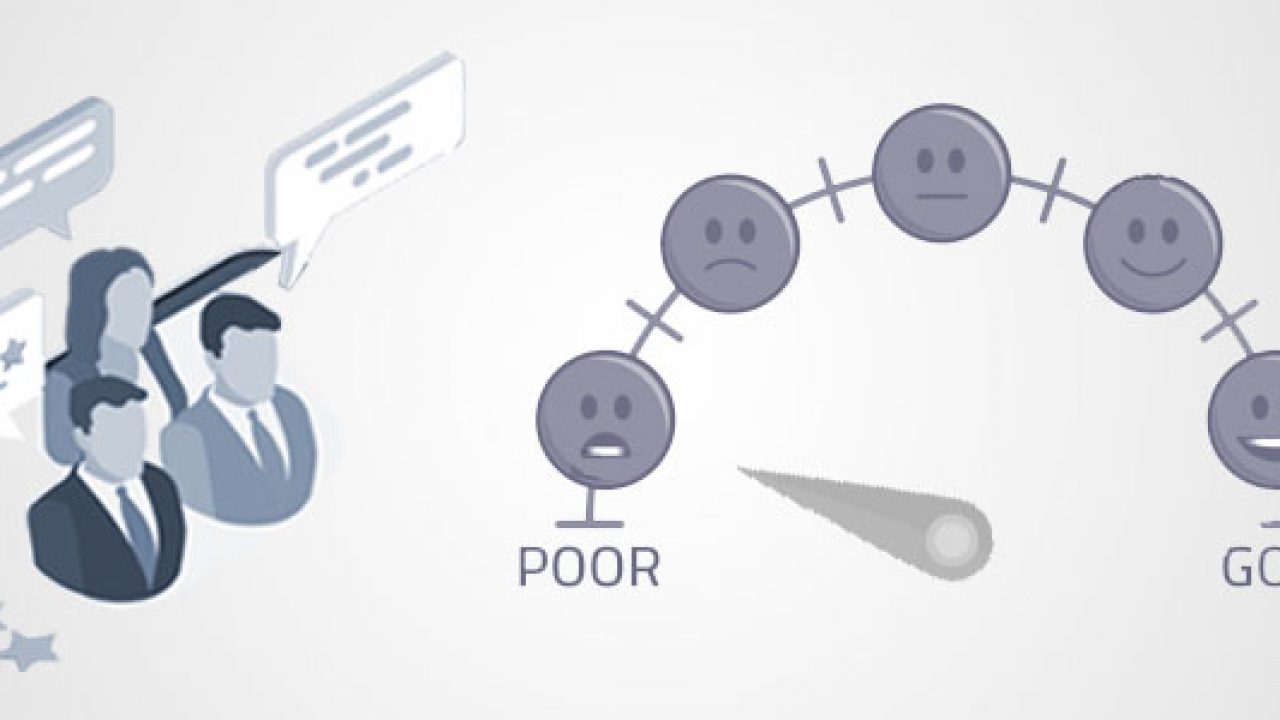
Who do you turn to when something goes wrong with your website or hosting? While there is a monumental amount of WordPress help available online, when the need is urgent you want a WordPress expert that can help you sort out issues quickly so that your site remains online and working as it should.
A key requirement of a good web host is providing technical support to its customers. At Anteelo, we go above and beyond. Our technical support is free with all accounts and our technical experts (not merely customer support) are available 24/7, 365 days a year. What’s more, you can contact them via online chat, phone, email or ticket – and about any problem you have with your site or hosting.
If you find your host lacking in the technical support department, then it’s another sign that you need to move on before you find yourself in a tricky situation with no one to help.
Conclusion
WordPress hosting is specially designed to improve the hosting of WordPress websites. However, not all plans or vendors are the same. Hopefully, the information given here will help you know when it’s time to make the move.







![2021 CPA Exam Final Review Strategy [Don't Miss Out on Exclusive Tips!]](https://crushthecpaexam.com/wp-content/uploads/2016/11/CPA-Final-Review.jpg)

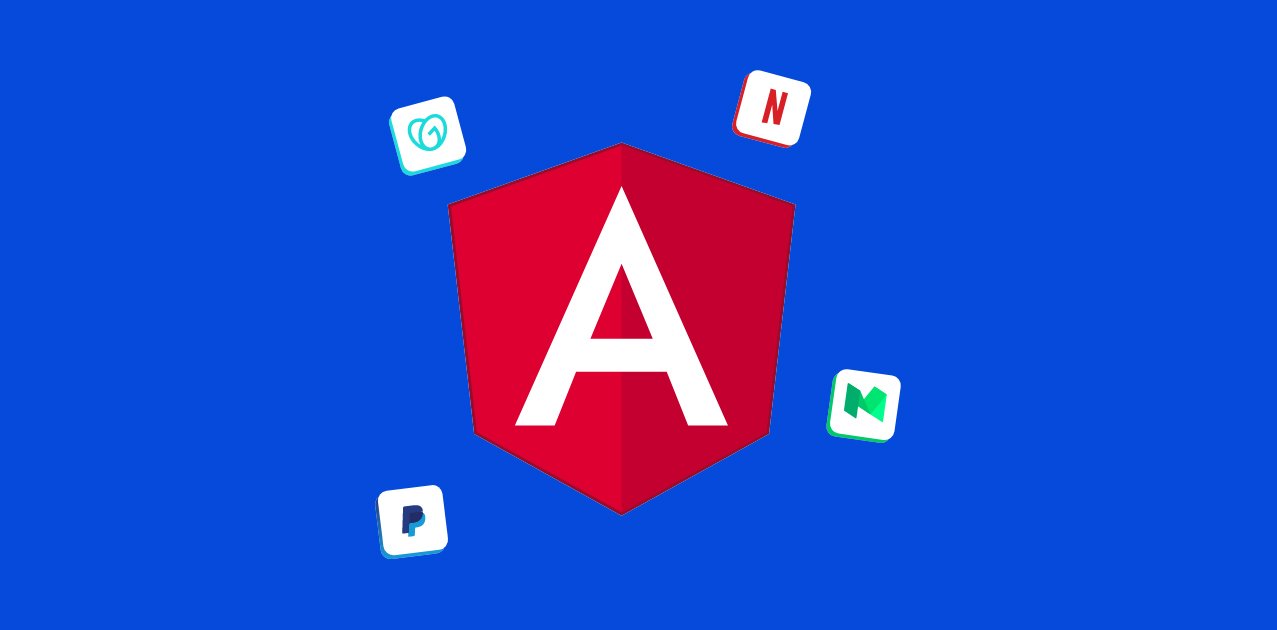
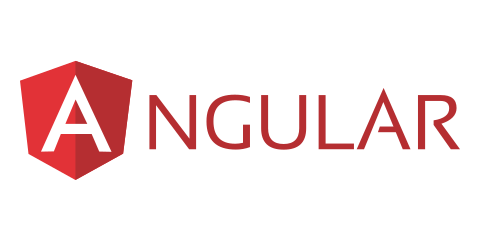
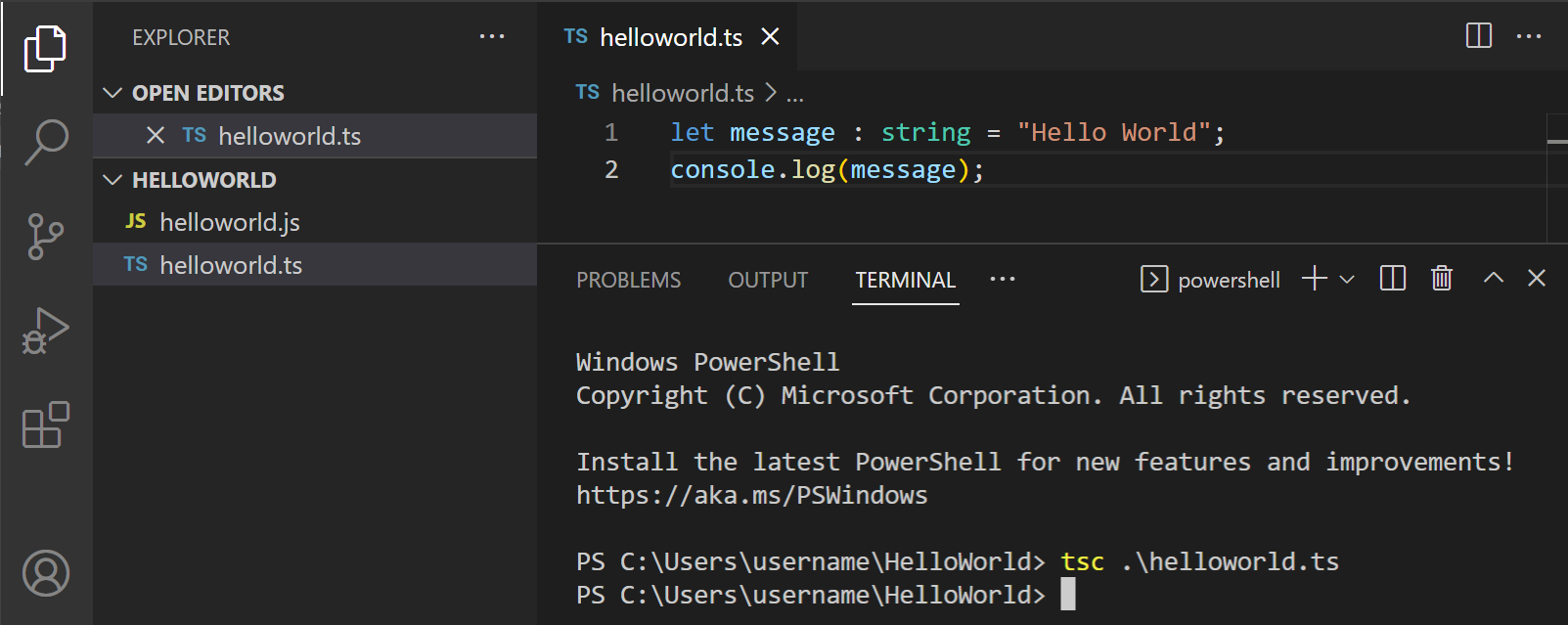






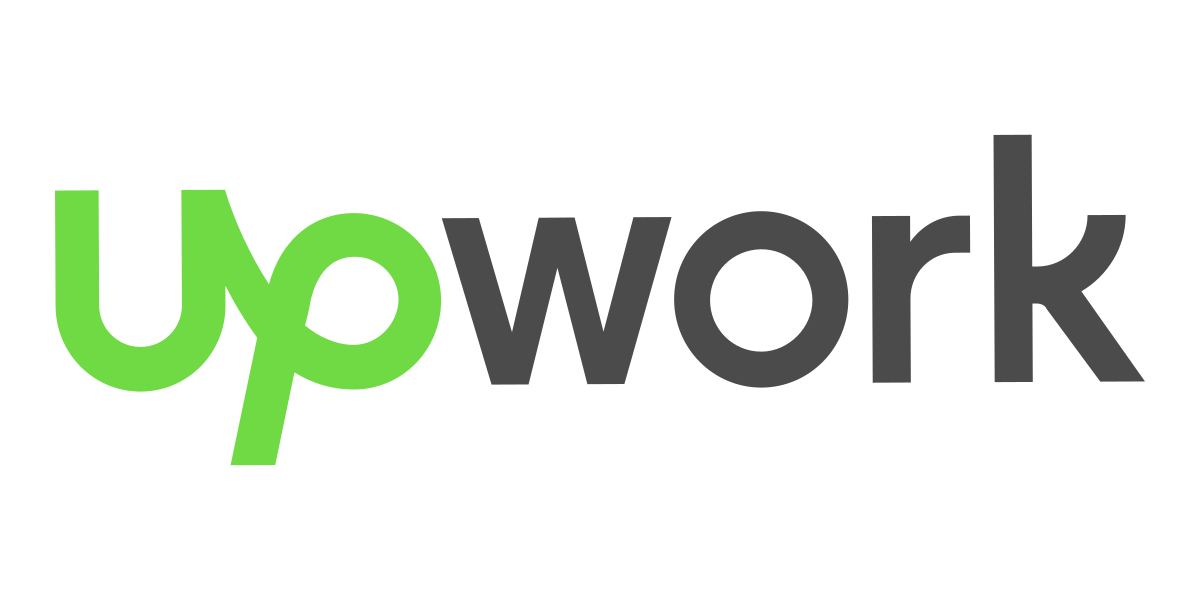

/cdn.vox-cdn.com/uploads/chorus_asset/file/21939811/newgmaillogo.jpg)




